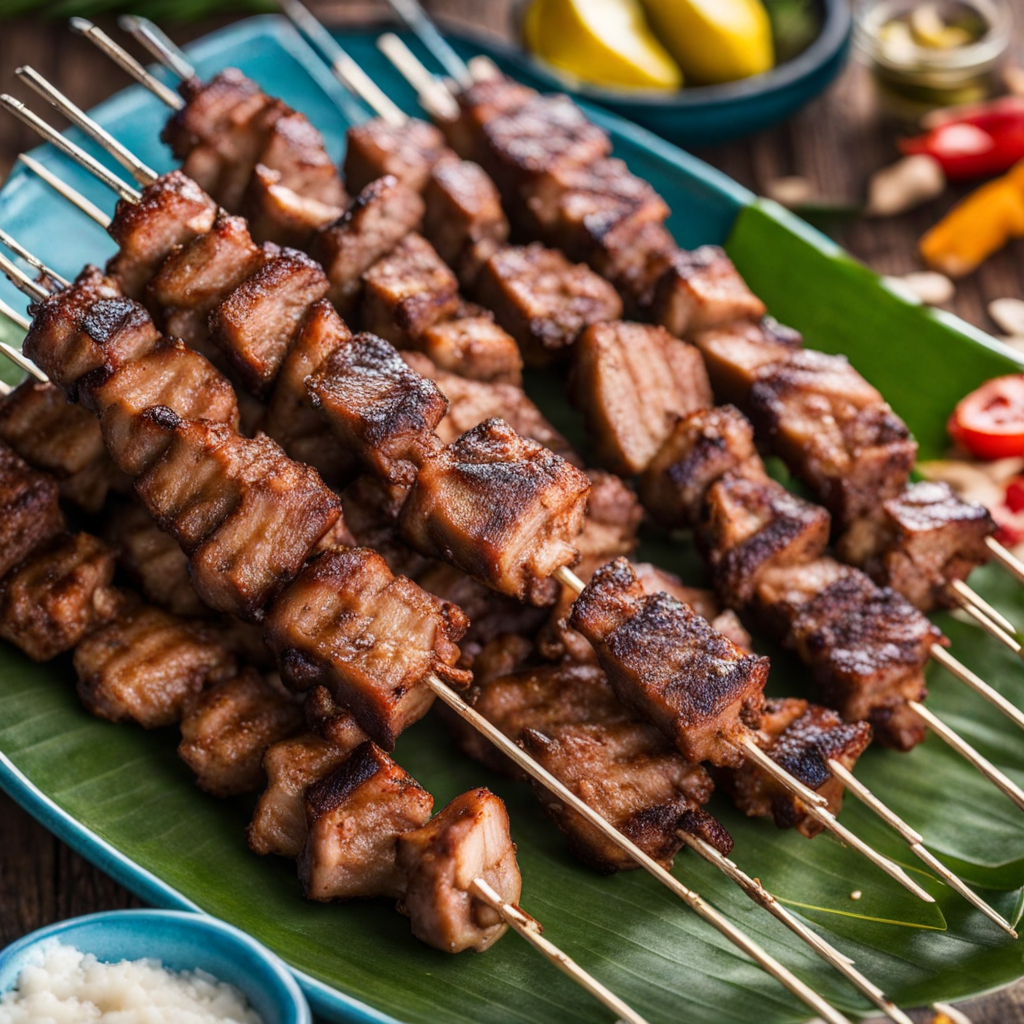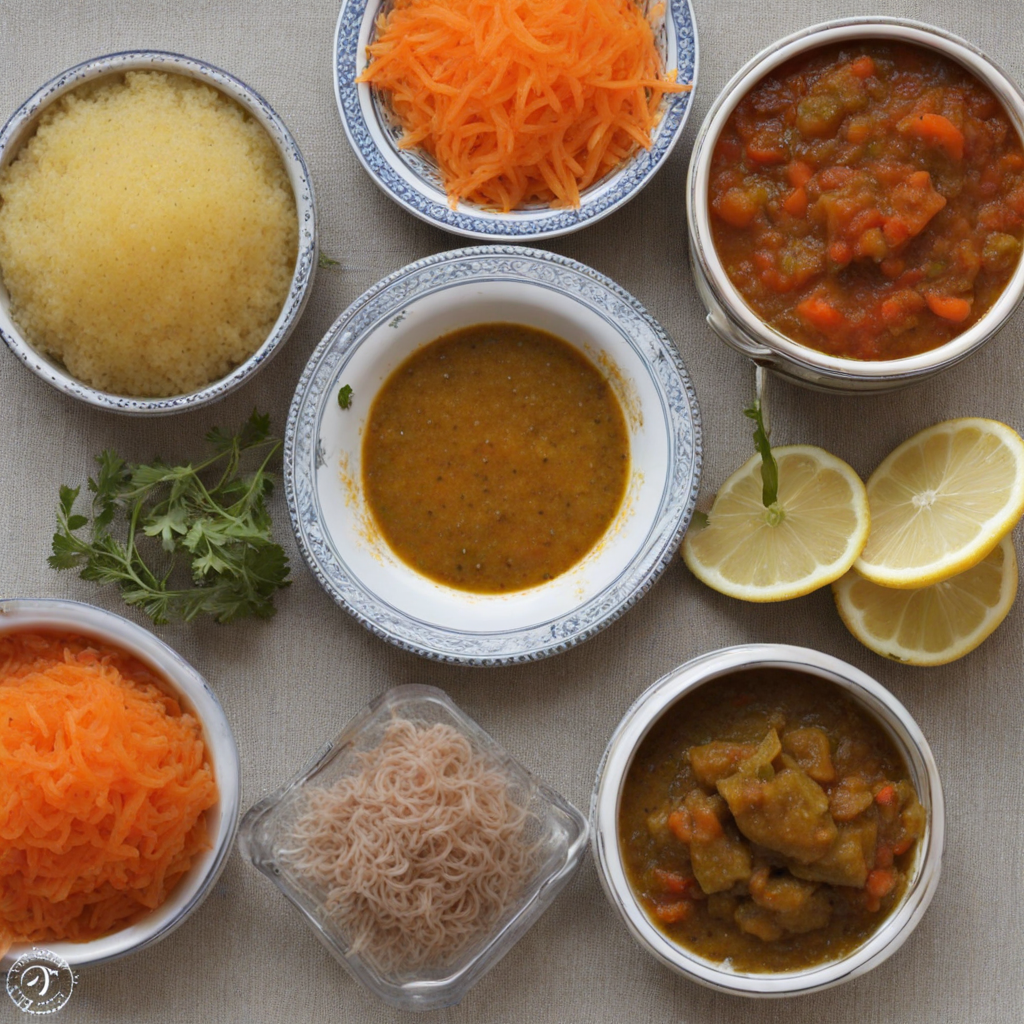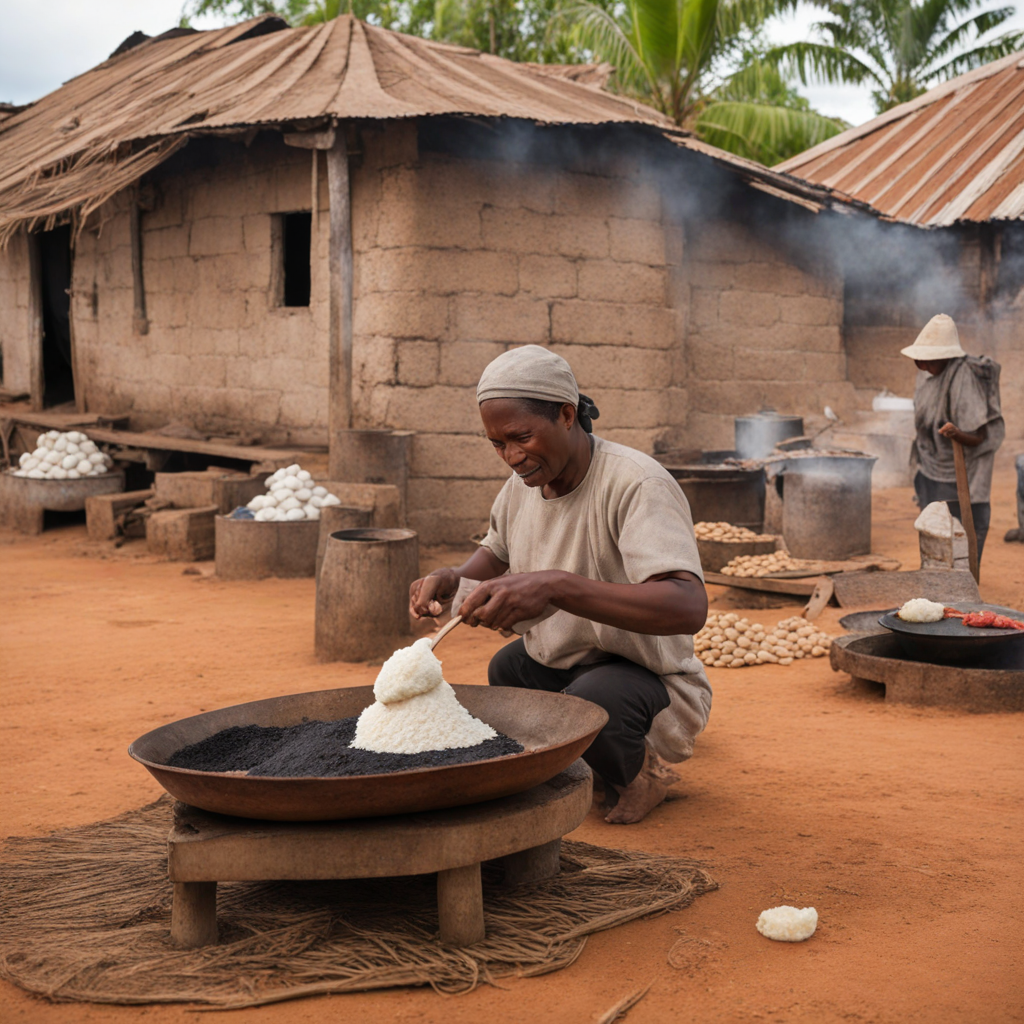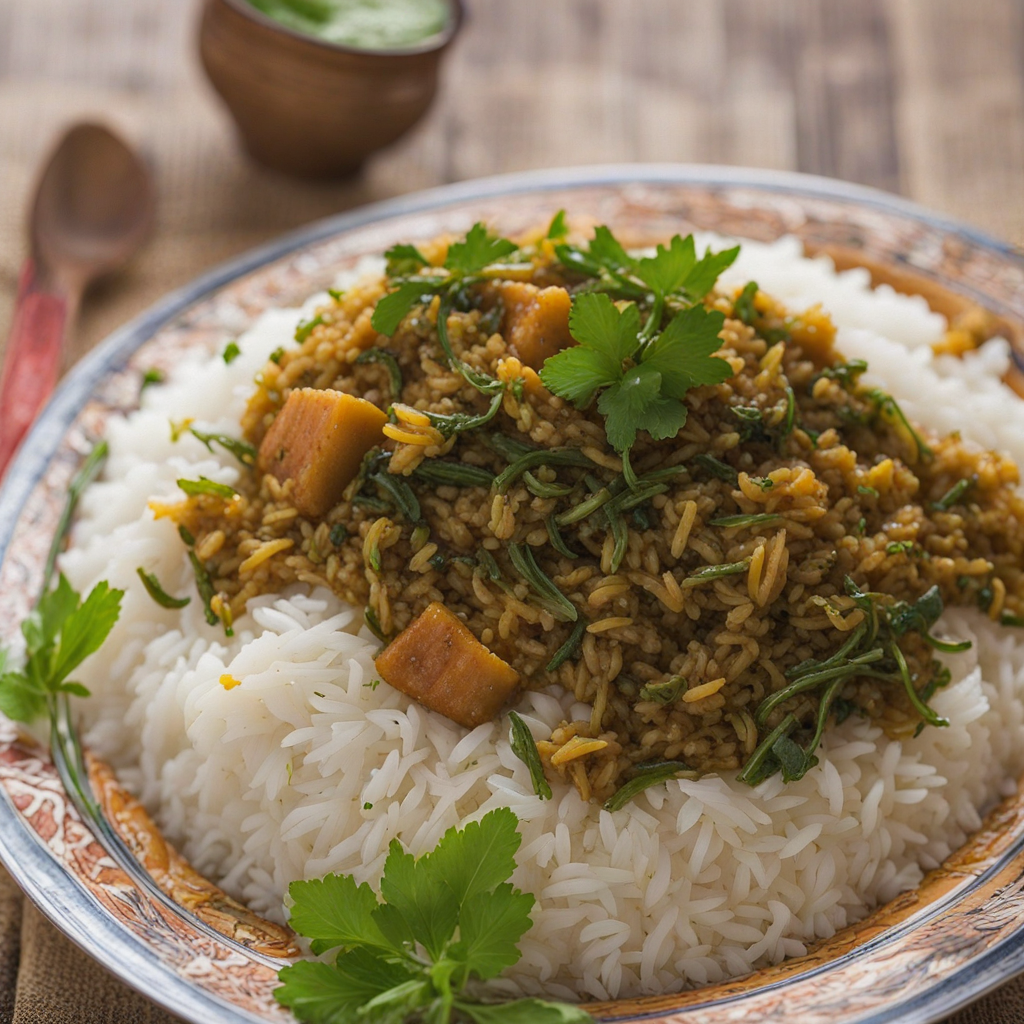Masikita
Masikita is a delightful culinary treasure from Madagascar, celebrated for its rich blend of flavors and textures. This traditional dish primarily consists of skewered meat, commonly zebu (a type of cattle native to Madagascar), marinated in a vibrant mix of spices and herbs. The marination process often includes ingredients like garlic, ginger, and local spices, which imbue the meat with a depth of flavor that is both aromatic and savory. Once marinated, the meat is grilled over an open flame, giving it a smoky char that enhances its natural taste, making each bite a burst of savory goodness. Accompanying the skewers, Masikita is typically served with a side of varying condiments, including a spicy salsa made from tomatoes, onions, and chili peppers, which adds an exciting kick to the dish. This refreshing accompaniment not only complements the grilled meat but also provides a contrast in temperature and texture. Additionally, it's not uncommon to find Masikita served alongside rice or a simple salad, which adds a wholesome element to the meal and balances the richness of the meat. What makes Masikita truly special is its communal aspect, often enjoyed at gatherings and celebrations. The experience of sharing skewers around a grill fosters a sense of camaraderie and connection, which is deeply rooted in Madagascar’s culture. As you savor each piece of Masikita, you’re not just indulging in a delicious meal but also partaking in a vibrant tradition that celebrates the island’s unique culinary heritage. This dish is a must-try for anyone looking to explore the exquisite and diverse flavors of Madagascar.
How It Became This Dish
Masikita: A Culinary Journey through Madagascar #### Introduction Masikita, a beloved dish from Madagascar, embodies the island's rich culinary traditions and diverse cultural influences. This grilled skewer of marinated meat, often prepared with a variety of spices and herbs, reflects the unique tapestry of Madagascar's history, geography, and the fusion of its indigenous and external influences. To understand Masikita is to delve into the heart of Madagascar itself—a nation of vibrant cultures and traditions steeped in centuries of evolution. #### Origins of Masikita The origins of Masikita can be traced back to Madagascar's early inhabitants, the Austronesians, who arrived on the island around 1,500 years ago. These seafaring people brought with them their agricultural practices, culinary techniques, and a wealth of knowledge regarding tropical ingredients. The island's lush environment provided an abundance of resources, including various meats, vegetables, and spices, which formed the basis of early Malagasy cuisine. The method of grilling meat on skewers may have been influenced by the arrival of Arab traders in the 7th century and later by European colonizers. The French, who established a significant presence in Madagascar during the 19th century, particularly contributed to the culinary landscape by introducing new cooking techniques and ingredients. The fusion of these diverse influences resulted in the creation of Masikita, which has become a staple in both everyday meals and festive gatherings. #### Cultural Significance Masikita holds a special place in the hearts of Malagasy people. It is more than just a dish; it is a symbol of community, celebration, and tradition. The preparation and consumption of Masikita often accompany social gatherings, family celebrations, and festivals. The communal aspect of grilling and sharing food fosters a sense of togetherness, reinforcing familial and social bonds. In Madagascar, Masikita is frequently served during important celebrations, such as weddings and cultural festivals. The dish is often accompanied by a variety of side dishes, including rice, salads, and local vegetables, making it a centerpiece of the Malagasy meal. The ritual of sharing Masikita highlights the values of hospitality and generosity that are deeply ingrained in Malagasy culture. #### Development Over Time Over the centuries, Masikita has evolved, adapting to changing tastes and influences. Traditionally, the dish was made using local meats such as zebu (a type of cattle native to Madagascar), chicken, or sometimes seafood, reflecting the island's agricultural practices and the availability of ingredients. The meat is often marinated in a mixture of local spices, herbs, garlic, and sometimes citrus, imparting a distinctive flavor that is characteristic of Malagasy cuisine. With globalization and the influence of international cuisines, variations of Masikita have emerged. Today, while the traditional preparation remains popular, modern interpretations also incorporate different meats, such as pork and lamb, and even vegetarian options. The skewers are often served with a spicy dipping sauce known as "sakay," made from chili peppers, garlic, and vinegar, which adds a fiery kick that complements the grilled flavors. #### Regional Variations Madagascar's diverse geography and cultural influences have given rise to regional variations of Masikita. Each region has its own unique twist on the dish, influenced by local ingredients and culinary practices. For example, in coastal areas, seafood Masikita might be more prevalent, showcasing the island's rich marine resources. In the highlands, where zebu farming is more common, beef Masikita is a favorite, often seasoned with locally sourced spices. In addition to the variations in meat and preparation, the accompaniments to Masikita also differ from region to region. In some areas, it may be served with a spicy vegetable relish, while in others, it might be accompanied by a tangy salad made from fresh vegetables and fruits. This regional diversity not only enhances the gastronomic experience of Masikita but also serves as a reflection of Madagascar's cultural identity. #### Modern Influence and Globalization As Madagascar continues to engage with the global community, the popularity of Masikita has transcended the borders of the island. The dish has gained recognition in international culinary circles, with restaurants dedicated to Malagasy cuisine emerging in various parts of the world. Chefs and food enthusiasts are increasingly exploring the flavors and techniques of Masikita, contributing to a growing appreciation for this unique culinary tradition. Food festivals and cultural events celebrating Malagasy cuisine have also played a crucial role in promoting Masikita on a global stage. These events not only showcase the dish but also highlight the importance of preserving Madagascar's culinary heritage. The rise of social media has further amplified this trend, as food bloggers and influencers share their experiences and recipes, introducing Masikita to a wider audience. #### Conclusion Masikita is more than just a dish; it is a representation of Madagascar's rich history, cultural diversity, and communal spirit. From its humble origins among the island's early inhabitants to its contemporary status as a symbol of Malagasy identity, Masikita encapsulates the essence of Madagascar's culinary journey. As the world becomes increasingly interconnected, this beloved dish continues to evolve, adapting to new influences while remaining deeply rooted in tradition. Whether enjoyed at a family gathering, a festive celebration, or a trendy restaurant, Masikita serves as a reminder of the importance of food in fostering community and preserving cultural heritage. As we savor this delightful dish, we partake in a culinary story that spans generations, celebrating the flavors, traditions, and spirit of Madagascar.
You may like
Discover local flavors from Madagascar







